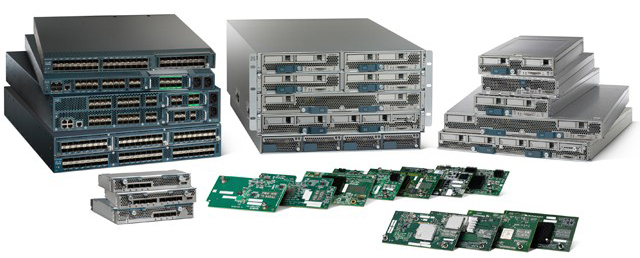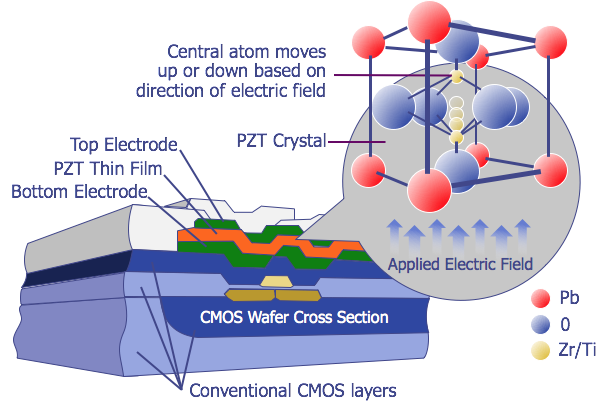- The Major Types of Chip Technologies. You will learn about the major types of chip technologies. This includes the major IC categories like CMOS, BiCMOS, and Bipolar, along with other distinctions like LDMOS, BCD, etc. We will also cover the major power semiconductor device categories like Power MOSFETs, Power Bipolars, IGBTs, and Thyristors. In addition, we’ll discuss other technology developments like SOI and FinFETs.
- IC Design Tools. You learn about the various tools used in the IC design process. Not only will you learn about the 3 major EDA suppliers, but you will also learn about the design flow itself, and how chips are taken from concept through to a working design.
- ESD Design Fundamentals. You learn how designers protect a chip from overstress conditions like EOS and ESD. You will learn how to protect the inputs, outputs, and power supply terminals of the chip. You will also learn how the chip technology plays a role in the ESD robustness. You will also be introduced to the major standards for ESD.
- Components and Their Tolerances. You will learn about tolerances associated with both digital and analog components. The factors affecting tolerances include: design, manufacturing, stresses due packaging and circuit assembly, and use conditions such as temperature, You learn to identify key pieces of information that allow you to determine if you should use the component in their system, and potential interactions that might create a problem.
- IC Testing. You will delve into the IC testing process. You will follow the test development process through from the chip-planning phase through design and into the validation process. You will learn how the chip manufacturer characterizes the components and sets limits for the various parameters.

Today's electronics systems are highly complex. Designing theses
systems and specifying components for these systems is a challenging
task. Electronics systems engineers and component engineers require an
in-depth understanding of these components. They must answer questions
such as: Which device should I choose for my system? How to I choose
the right component or make sure it is specified correctly? As circuits
grow more and more complicated, engineers can find themselves easily
overwhelmed with data or possible options. Also, with the wide
spectrum of chips available on the market, the selection process can
quickly become overwhelming even for the experienced engineer.
Semiconductor Technology, Design and Testing is an online course that
covers the important topics regarding the process of selecting and
specifying the proper chips for new electronics systems. The course
covers:

Semiconductor Technology is pervasive in today's environment. Because
of the diversity of electronics applications like servers, smartphone,
industrial robots, automobiles, and countless other systems, the
semiconductor industry produces a variety of technologies. These
include Complementary Metal Oxide Semiconductor (CMOS) technologies,
combination Bipolar CMOS (BiCMOS) technologies, memory technologies,
power transistor technologies, and more. This course discusses the
history and applications for these particular technologies. We also
discuss which ones work best for which applications.

Semiconductor Design is complex activity. Creating a new design
requires understanding of the customer's needs and wishes, how to
translate that into a behavior description, skill with design tools and
processes, and knowledge of the capabilities and limitations of the
semiconductor technology. While this course will not each you how to
design an IC, it will provide you with a fundamental understanding of
the process. We focus on the high level design process, design tools,
basic analog and digital circuits, and their behaviors, and some of the
standards that are in place to help with design when multiple tools are
involved.

Semiconductor test is a challenging activity. Today, test can be a
significant percentage of the overall cost of a component. One needs to
thoroughly test a component to ensure quality, but balance that need
against the cost associated with testing the component. In this course,
we discuss some of the fundamental relationships between the product
specification and testing. We discuss testing for leakage, current, and
other parameters. We discuss testing complex digital circuits. We
discuss test of analog circuits, and how the fundamental approaches
differ from that of testing a digital circuit. Finally, we discuss
production test, and how one needs to optimize the test for speed, and
locating defects, which is critical to delivering high-quality products
at a reasonable cost.
